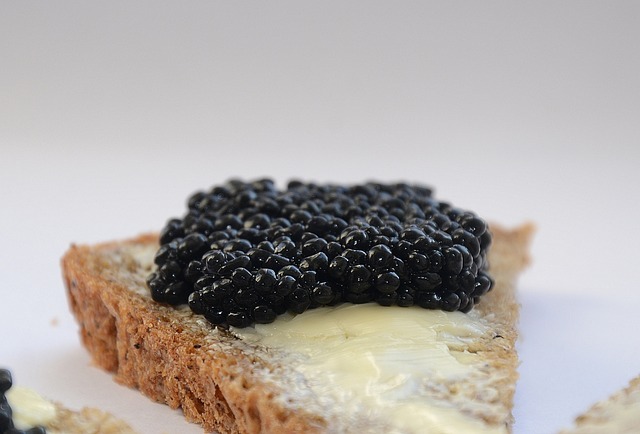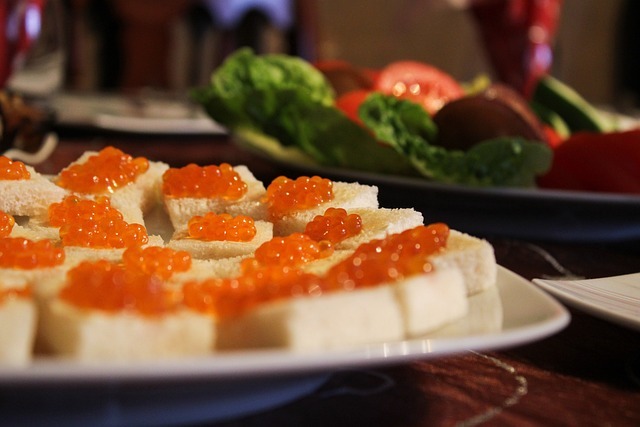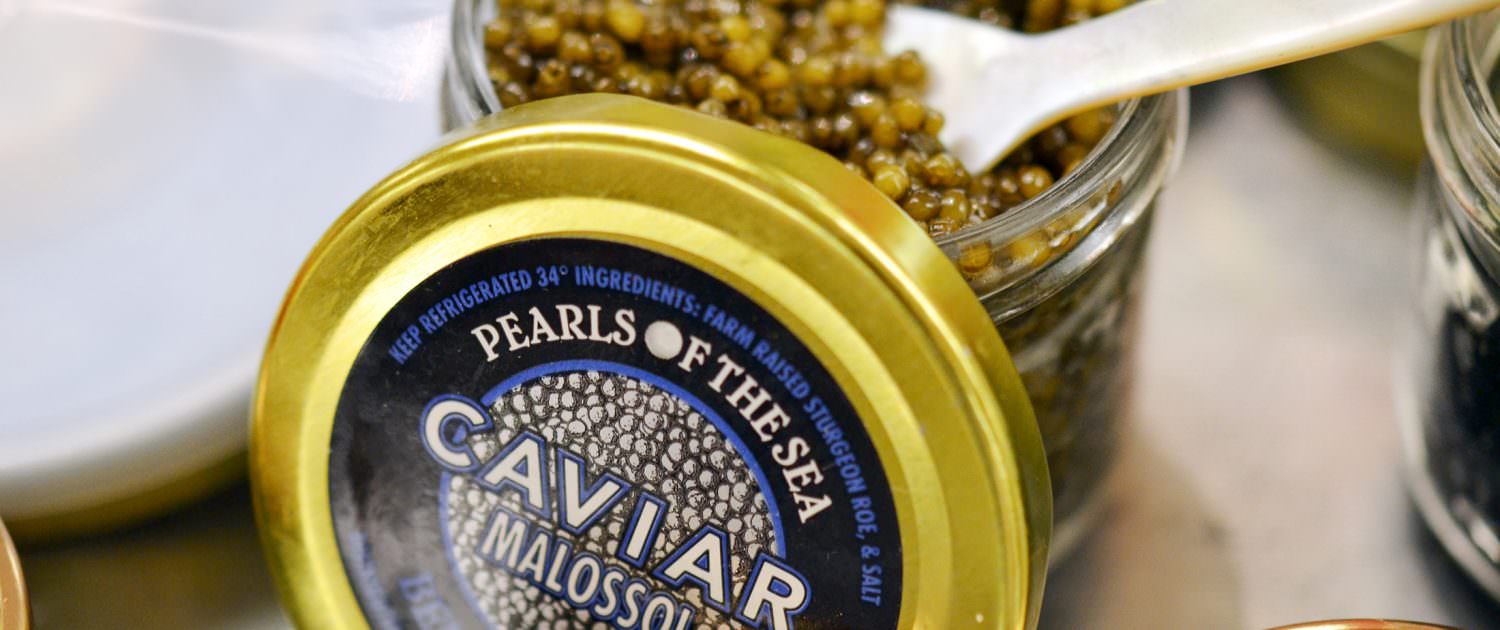
Affiliated with royalty and considered a luxurious delicacy by many, caviar has a history as rich and complex as its flavors. Where is caviar from? And how did it become the indulgence it is today? Let’s take a brief look at its history!
Caviar Origins
Though its exact origins are unclear, caviar is believed to date back to ancient times – around the 4th century BCE – with the Persians (present-day Iran), who collected Sturgeon caviar from local river beds. It’s also believed that they’re responsible for the modern name for caviar; the Persian word mahi-e khayedar literally translates to egg-bearing fish.Becoming a Culinary Luxury
Where is caviar from? Modern caviar is often associated with Russia, which is no surprise considering its history. Caviar history in Russia dates at least as far back as the 1200s, when it was available to the masses…before Russia began to industrialize. As they modernized, the demand for caviar increased, causing the Caspian Sea to begin losing its natural resource. No longer a treat for the masses, caviar served as a symbol of wealth and status. In fact, once caviar reached Europe, the British dubbed caviar the “Royal Fish”, and it was served only to royalty and the societal elite.Caviar History in America
Meanwhile, in America, European immigrants discovered that Sturgeon were abundant in America’s waters – Indigenous tribes had harvested shortnose Sturgeon and their eggs for thousands of years – and began to export caviar to Europe. German immigrant and entrepreneur Henry Schacht are well-known for establishing a successful exportation business of caviar into Europe. Once the epicenter of the world’s caviar, Russia began to receive more caviar than it had previously produced. At one point, they began to ship it back to America and label it as “Russian caviar”! However, like their European counterparts, the decades of increased demand for caviar in America dwindled the Sturgeon population. Production halted, and caviar became reserved for the nation’s most affluent.Caviar History to Today

Sturgeons are considered an endangered species around the globe. Russia and other countries bordering the great Caspian Sea have even gone so far as to ban Sturgeon fishing to preserve the remaining population. Exportation to the US is also banned. Pure Beluga caviar is no longer legal to import into the US as Beluga (Huso huso) is considered an endangered species.
So, where is caviar from today? Producers have found new ways to meet the demand for caviar, including alternative caviar and sustainable farming methods. In addition to farm-raised caviar, you can buy caviar or roe like Paddlefish caviar, Trout roe, and more, which all offer their own distinctive tastes. Some producers even farm their own hybrid varieties, such as Beluga hybrid caviar, so connoisseurs can continue to indulge in the rich flavors of caviar history and tradition.

